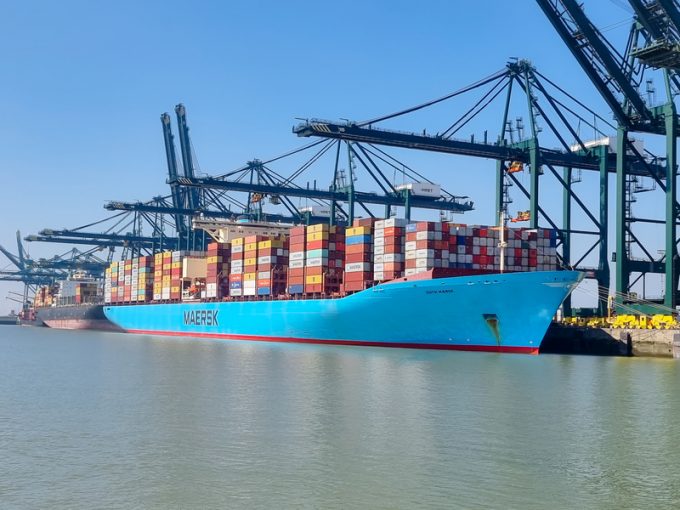
Congestion at North European and Asian box terminals continues to
disrupt global liner schedules, with quarantines and the side-effects of
Covid vaccination blamed for further instability in the supply chain.
Labour shortages at the Benelux ports of Antwerp and Rotterdam have been attributed to the after-effects of vaccination.
Hapag-Lloyd advised customers of “limited gang availability” at PSA’s
Antwerp facility and similar issues at neighbouring Rotterdam.
“ECT cannot man all available cranes due to a lack of labour, which
is strongly affected by the vacation period; in addition ECT is
confronted with an unusually high number of workers reported as sick,
partly related to Covid vaccination secondary effects,” it said.
It added that labour shortages were “still an issue” at the THE
Alliance’s UK hub of Southampton, but did not suggest that labour
shortages from dock workers reporting sick after Covid vaccinations were
to blame in this case.
Instead, Southampton sources suggested that vessel delays have caused
vessels to arrive back to back, meaning the terminal did not have the
normal breaks to rest its workforce. And this has led to an increase in
the number of teams.
Moreover, the source said the scheduling of vessels is improving and
this combined with DP World investments, announced for Southampton in
April, means that the terminal will be in a good position to deal with
the continued high demand over the coming months.
In Asia, Maersk has further updated its customers on the situation at
the Chinese port of Yantian, away from where it had been obliged to
divert over 80 of its own and partner vessels following a Covid outbreak
there at the end of May.
The carrier said this had impacted the schedules of some 19 of its
mainline services, but the current situation at the port was “looking
up”, and Maersk was “beginning to repatriate” its services at the port.
It added that yard density and overall productivity had improved at
Yantian, with vessel waiting times for berths reduced to just half a
day.
“The yard density is down to 65%, pushing overall productivity to 85%
of normal levels. The congestion in Yantian is clearing up, but when
one port is impacted it can become a downward spiral for neighbouring
ports,” said Maersk.
It noted that quay congestion and vessel wait times at other main
ports in the region had suffered from the knock-on effects of the vessel
diversions, with for example Hong Kong reporting a yard density of 93%
and a three-day wait for a berthing window.
Maersk resumed direct calls at Yantian on its North Europe and
Mediterranean service last week, including its AE6, AE7, AE10 and AE11
loops, but warned it could be obliged to omit other ports that had
subsequently been impacted by congestion.
“Deciding which port to divert to will always be made with the
objective of minimising supply chain delays, and we ask that you bear
with us while we manage this situation as best we can,” it told
customers.
“As we navigate through this, it is evident that the situation will
remain fluid for some time,” cautioned Ahmed Bashir, head of global
execution at Maersk.